Why avoid the cosmic void?
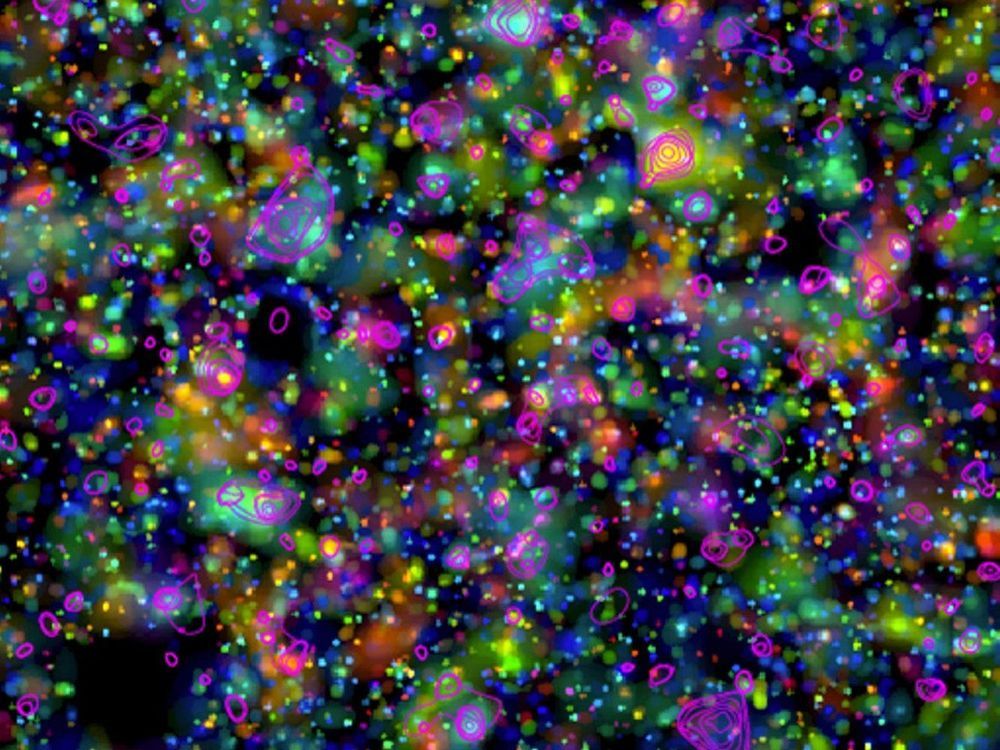


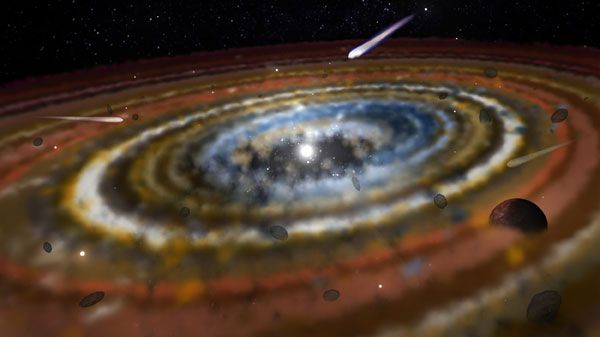
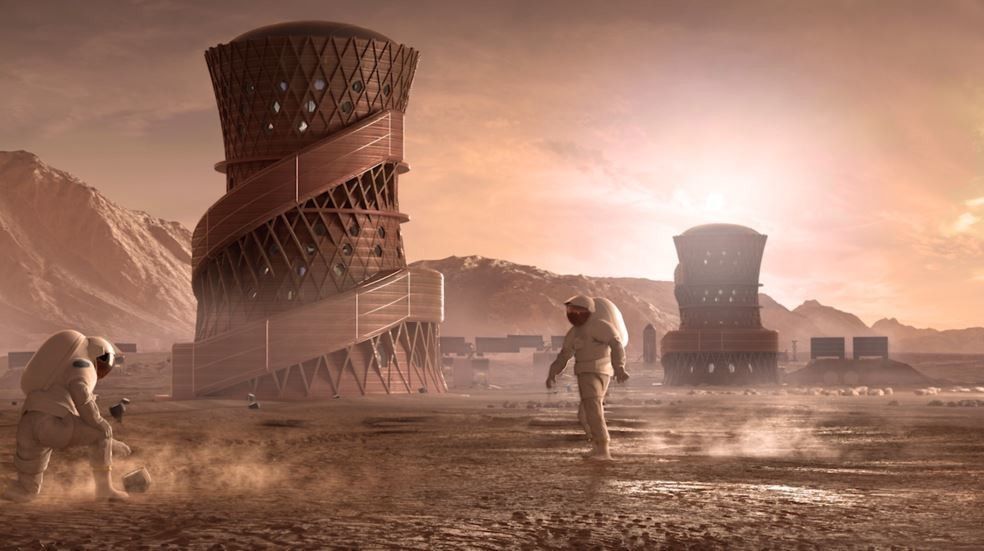

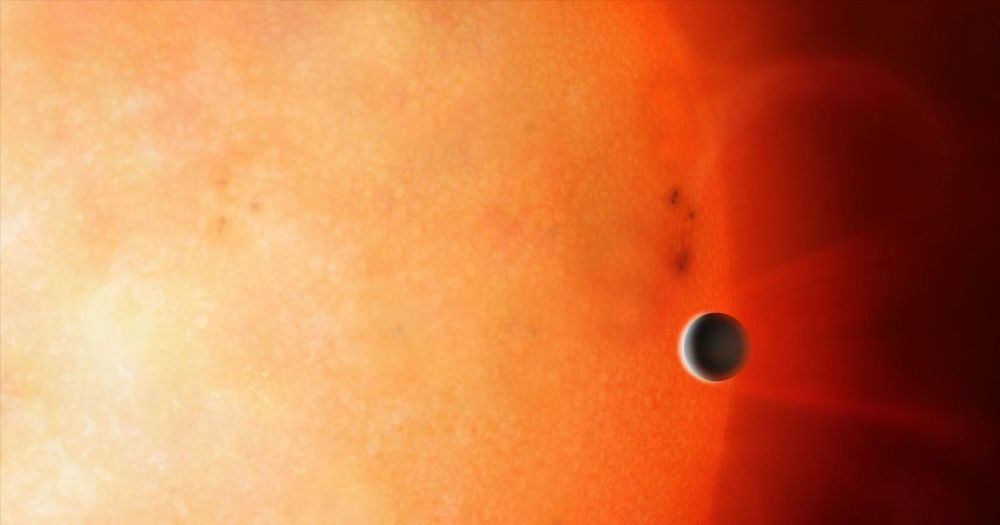
And more Earth-like planets could be found hiding in nearby star systems.
An international team of astronomers says it’s discovered a rogue exoplanet three times the size of Earth — in an orbit that was thought to be impossible, meaning more Earth-like planets could be found hiding in nearby star systems.
No exoplanets with gas atmospheres were previously thought be able to orbit this close to a star — a region known as the “Neptunian Desert” — as the gas would evaporate and leave just a rocky core. Until, that is, this team located NGTS-4b, which they’re calling a “forbidden planet.”
Air Gap
The astronomers believe NGTS-4b could’ve either just moved into position in the last million years, or that its atmosphere could be in the process of evaporating.

An exoplanet smaller than Neptune with its own atmosphere has been discovered in the Neptunian Desert around its star by an international collaboration of astronomers, with the University of Warwick taking a leading role.
The rogue planet was identified in the new research, led by Dr Richard West including Professor Peter Wheatley, Dr Daniel Bayliss and Dr James McCormac from the Astronomy and Astrophysics Group at the University of Warwick.
NGTS is situated at the European Southern Observatory’s Paranal Observatory in the heart of the Atacama Desert, Chile. It is a collaboration between UK Universities Warwick, Leicester, Cambridge, and Queen’s University Belfast, together with Observatoire de Genève, DLR Berlin and Universidad de Chile.

An artificial intelligence firm says its heads-up display for astronauts could help them better manage complex space missions.
Hypergiant Industries built an “Iron Man”-inspired space helmet called HyperVSR, which can display details like an astronaut’s vital signs or other information about a mission. CEO Ben Lamm told Futurism that it may improve astronaut safety by putting more information at crew members’ fingertips and cutting down on how much they have to maneuver in a spacesuit.
“Space is an unpredictable environment, where challenges can change dramatically over the course of just a few minutes,” Lamm said. “During these situations, it’s paramount that astronaut safety is never in question. We’ve designed our helmet to enable astronauts to quickly gather information about a situation, as well as assess their own health, for enhanced decision-making even during emergencies.”
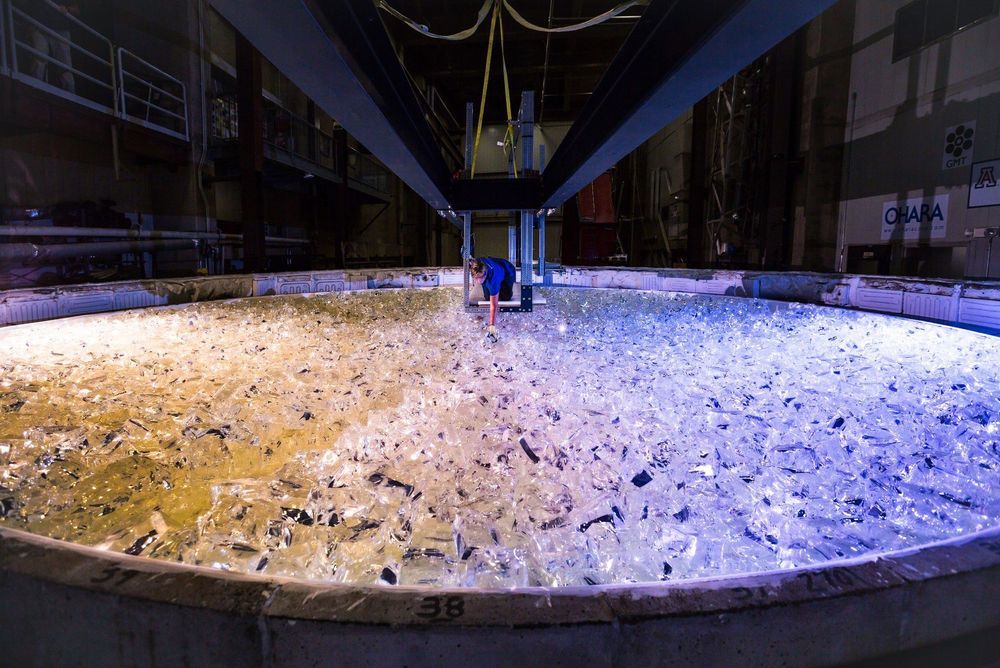
It’s easy to miss the mirror forge at the University of Arizona. While sizable, the Richard F. Caris Mirror Laboratory sits in the shadow of the university’s much larger 56,000-seat football stadium. Even its most distinctive feature—an octagonal concrete prominence emblazoned with the school’s logo—looks like an architectural feature for the arena next door. But it’s that tower that houses some of the facility’s most critical equipment.
Inside the lab, a narrow, fluorescent-green staircase spirals up five floors to the tower’s entrance. I’m a few steps from the top when lab manager Stuart Weinberger asks, for the third time, whether I have removed everything from my pockets.
“Glasses, keys, pens. Anything that could fall and damage the mirror,” he says. Weinberger has agreed to escort me to the top of the tower and onto a catwalk some 80 feet above a mirror 27.5 feet in diameter. A mirror that has already taken nearly six years—and $20 million—to make. “Most people in the lab aren’t even allowed up here,” he says. That explains Weinberger’s nervousness about the contents of my pockets (which are really, truly empty), and why he has tethered my camera to my wrist with a short line of paracord.

Scientist have just discovered that, at an atomic level, these elements have both liquid and solid states, giving context to what may be hidden in the cores of celestial bodies.
A New State of Water Reveals a Hidden Ocean in Earth’s Mantle — https://youtu.be/pgm4z8vJVVk
On the chain-melted phase of matter
https://www.pnas.org/content/116/21/10297
“We develop here a classical interatomic forcefield for the element potassium using machine-learning techniques and simulate the chain-melted state with up to 20,000 atoms. We show that in the chain-melted state, guest-atom correlations are lost in three dimensions, providing the entropy necessary for its thermodynamic stability.”
Elements can be solid and liquid at same time
https://www.ed.ac.uk/news/2019/elements-can-be-solid-and-liquid-at-same-time
“A team led by scientists from the University of Edinburgh used powerful computer simulations to study the existence of the state – known as the chain-melted state. Simulating how up to 20,000 potassium atoms behave under extreme conditions revealed that the structures formed represent the new, stable state of matter. Applying pressure to the atoms leads to the formation of two interlinked solid lattice structures, the team says.”
Information on Alkali Metals
“Alkali metals react with water to produce heat, hydrogen gas, and the corresponding metal hydroxide. The heat produced by this reaction may ignite the hydrogen or the metal itself, resulting in a fire or an explosion. The heavier alkali metals will react more violently with water.“
____________________
Elements is more than just a science show. It’s your science-loving best friend, tasked with keeping you updated and interested on all the compelling, innovative and groundbreaking science happening all around us. Join our passionate hosts as they help break down and present fascinating science, from quarks to quantum theory and beyond.